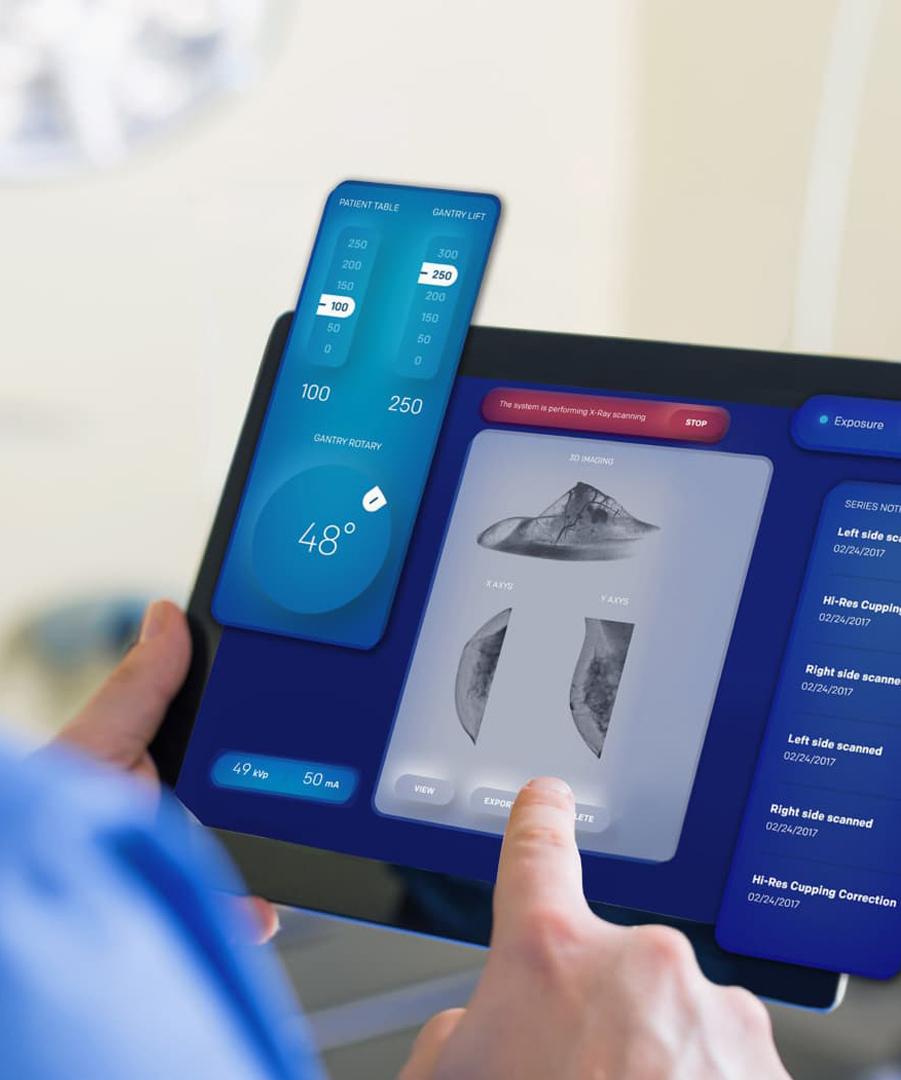


In various fire rescue scenarios, fire monitors, as core equipment for long-distance fire suppression, play an irreplaceable role. The ISUZU water fire truck has become one of the key choices in the firefighting field due to its outstanding performance and reliability. The configuration of onboard fire monitors is directly related to firefighting efficiency and rescue safety. This article provides a detailed introduction to the features, functions, and applicable scenarios of the fire monitors (PS series) equipped on ISUZU tanker fire trucks, helping users better understand this critical equipment.
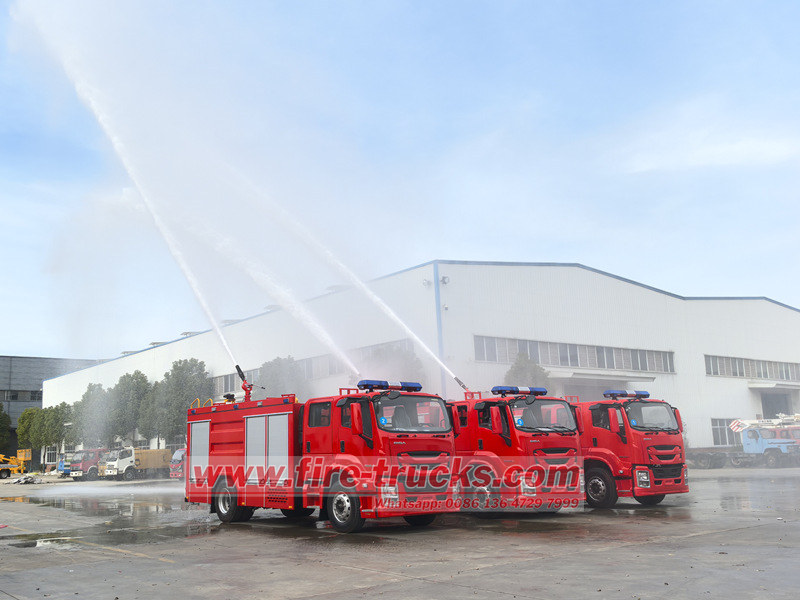
Structure and Working Principle of Fire Monitors
The fire monitor (PS series) is a specialized device that uses water as the medium to extinguish fires over long distances. It is widely used in high-risk locations such as petrochemical plants, storage tank areas, airports, and warehouses. The fire monitor mounted on the ISUZU water tender adopts a modular design, primarily consisting of a base, inlet pipe, rotary joint, collecting pipe, jet adjustment ring, and locking mechanism. The monitor body can rotate 360° horizontally and adjust its pitch, with the ability to lock at any angle, ensuring precise control of the water jet direction. This design not only improves firefighting efficiency but also allows for quick adjustments to the monitor's posture in emergencies, ensuring the safe evacuation of firefighters.
Additionally, the fire monitor equipped on ISUZU tender fire trucks supports stepless adjustment between straight-stream and spray jet modes. The straight-stream mode is suitable for extinguishing solid material fires, while the spray mode can be used for cooling fire scenes, diluting toxic gases, or covering rescue operations. This versatility makes it highly effective in complex fire environments.
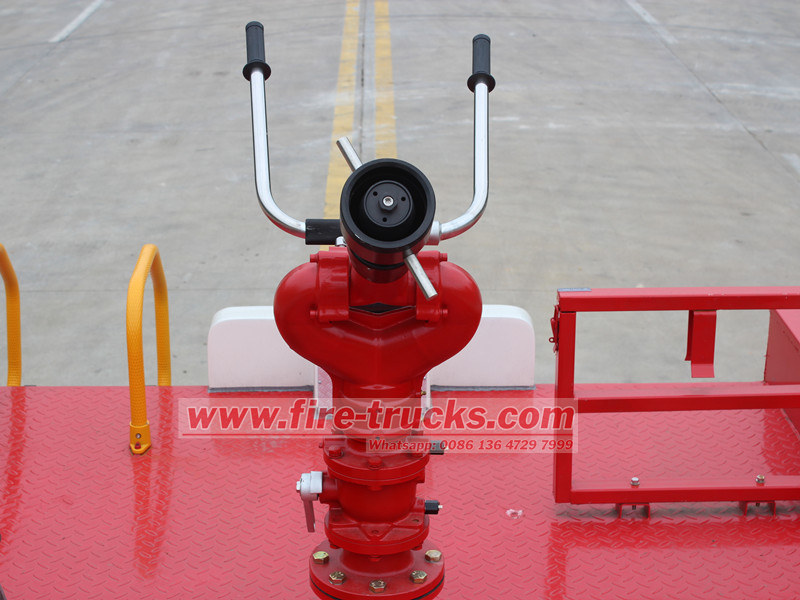
Flow Rate and Range: Adapting to Different Firefighting Needs
The fire suppression effectiveness of a fire monitor is closely related to its flow rate and range. The ISUZU water fire tanker is equipped with various specifications of the PS series fire monitors depending on the vehicle model, covering flow rates from 20L/s to 80L/s to meet the operational needs of small, medium, and heavy fire trucks. For example:
★ PS8/20W, PS8/30W: Suitable for ISUZU light fire trucks, ideal for narrow urban streets or initial fire suppression.
★ PS8/40W, PS8/50W: Compatible with ISUZU medium fire trucks (e.g., ISUZU FTR fire engine trucks), balancing range and water volume.
★ PS8/60W, PS8/80W: Designed for ISUZU heavy fire trucks (e.g., ISUZU GIGA heavy fire trucks), capable of handling large industrial fires.
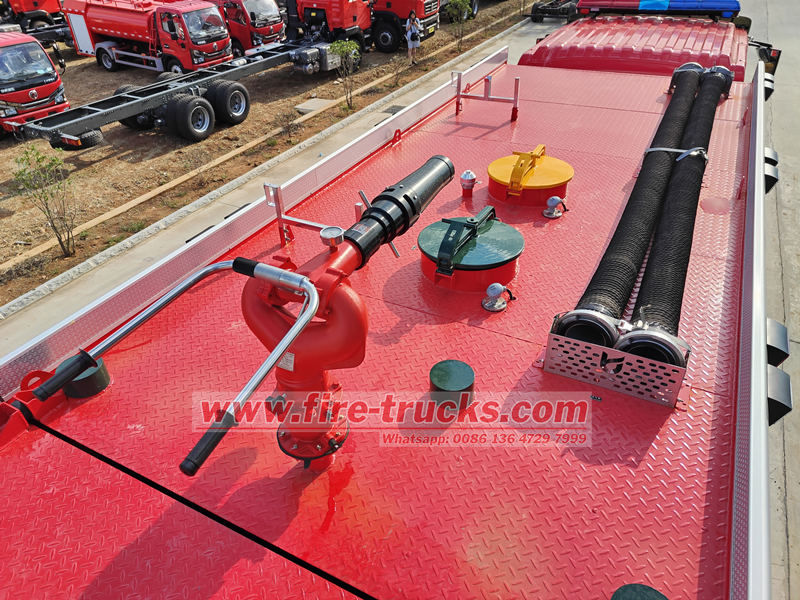
Below are the technical parameters of commonly used fire monitors:
|
Model |
Flow Rate (L/s) |
Range (m) |
Rated Pressure (MPa) |
Pitch Rotation (°) |
Horizontal Rotation (°) |
Applicable Vehicle Type |
|
PS8/20W |
20 |
≥50 |
0.8 |
-35~+70 |
0~360 |
Small fire trucks |
|
PS8/30W |
30 |
≥60 |
0.8 |
-35~+70 |
0~360 |
|
|
PS8/40W |
40 |
≥65 |
0.8 |
-35~+70 |
0~360 |
Medium fire trucks |
|
PS8/50W |
50 |
≥70 |
0.8 |
-35~+70 |
0~360 |
|
|
PS8/60W |
60 |
≥75 |
0.8 |
-35~+70 |
0~360 |
Heavy fire trucks |
|
PS8/70W |
70 |
≥80 |
0.8 |
-35~+70 |
0~360 |
|
|
PS8/80W |
80 |
≥85 |
0.8 |
-35~+70 |
0~36 |
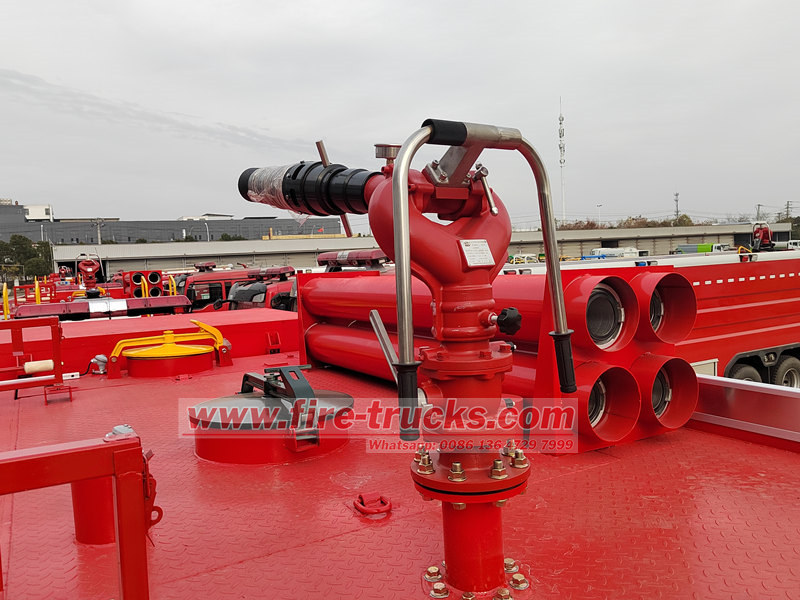
Operational Flexibility and Safety Design
The fire monitors on ISUZU fire engines prioritize user-friendly operation and safety performance. The handle is ergonomically designed, allowing easy adjustment of the jet angle and mode. The locking mechanism uses high-strength materials to ensure stability during high-pressure operation, preventing accidental misalignment. Furthermore, the pitch and horizontal rotation of the monitor body employ wear-resistant bearings, reducing long-term wear and extending the equipment's lifespan.
In real-world firefighting scenarios, firefighters often face dangers such as high temperatures and explosions. The remote control function (optional for some models) allows operators to adjust the monitor from a safe distance, significantly reducing personal risk. Additionally, the quick open-close feature enables immediate response to changing fire conditions, avoiding water wastage.
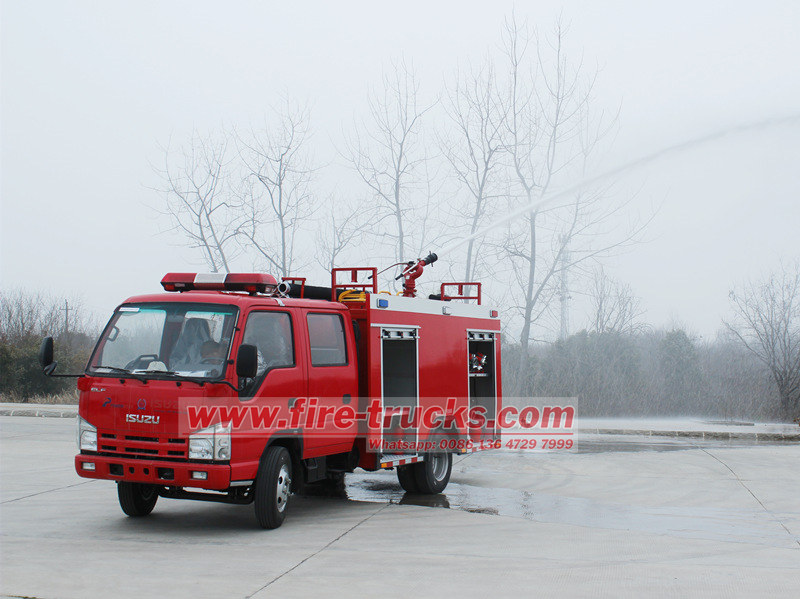
Maintenance and Adaptability
The reliability of firefighting equipment depends on regular maintenance. The fire monitors equipped on ISUZU firefighting trucks feature a simple structure, with critical components made of anti-corrosion materials, reducing maintenance difficulty. Regular inspections of seals, bearings, and the locking mechanism can ensure long-term stable operation.
Moreover, these fire monitors exhibit strong environmental adaptability, maintaining excellent performance in both extremely cold and high-temperature conditions. The inlet piping uses standardized interfaces, making it compatible with various fire pump systems and facilitating coordination with other equipment.
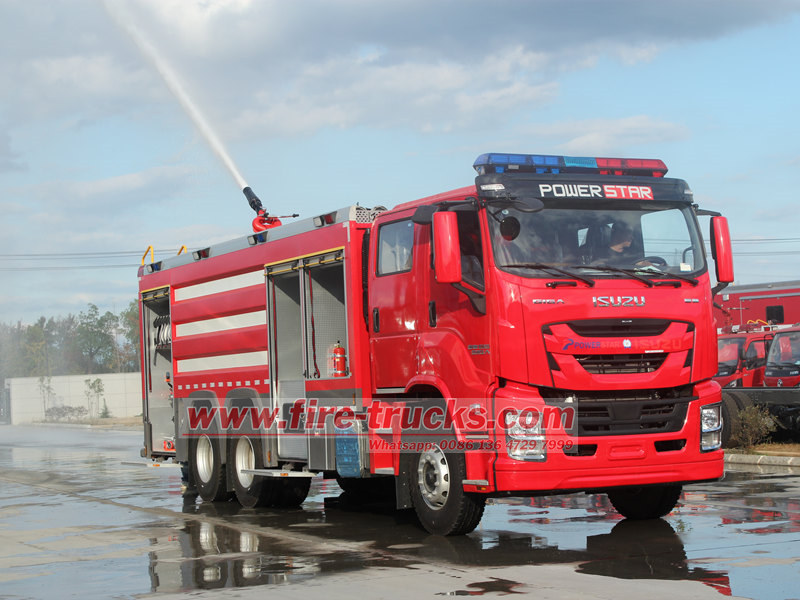
You may be interested in the following information